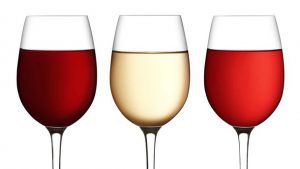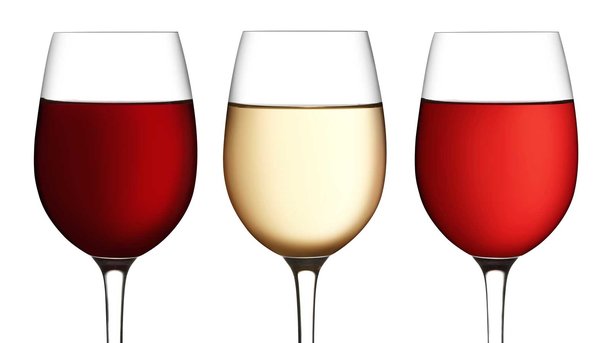
An invisible ‘tracer’ mixed with paint, plastics or ink and applied to wine bottle closures, corks or labels enabling retailers and consumers to check the bottles for authenticity, is the latest high-technology product developed to counter the growing trend of counterfeit wine. Combined with YPB’s customer “connect” technology, this solution is designed to PROTECT and DETECT and importantly CONNECT brands with customers.
The solution suite, manufactured and distributed by Australian anti-counterfeit and product authentication company YPB Group Limited, was displayed at the 16th Australian Wine Industry Technical Conference and Trade Exhibition, held in Adelaide last week.
Counterfeit wine is a significant and growing issue, especially in China. Recent reports show that China is now on par with the USA in terms of wine exports (by value) for Australia and increased by 71% in 2015.
YPB has led the market in combating counterfeiting – particularly in the wine industry through a mix of Invisible tracer technology and the use of QR codes and NFC technologies. YPB is the only company able to offer an end-to-end solution covering authentication and connecting brand owners with their consumers through their YPB Connect Platform.
Independent wine commentator Jeremy Oliver estimates up to 50 per cent of wine costing $35+ per bottle sold in China is fake – either with a fake label, a refilled bottle or a copycat brand.
“Early counterfeit wine was easy to spot in China, because the labels were inferior, the English on the labels was unusual, and even the bottle shapes were often incorrect,” Oliver said. “But lately wine counterfeiters have become more professional. They are putting fake wine labels on cleanskin bottles, or refilling empty bottles with inferior wine – often from countries like Chile and Argentina – and then re-corking and recapping them.”
Oliver said, “I have heard stories that the average bottle of champagne in China is filled seven times and in November 2012 police in Wenzhou Province seized nearly 10,000 bottles of counterfeit Chateaux Lafite Rothschild. Estimates are that around 30 million bottles of so-called Chateau Lafite are sold in China each year, from a winery whose total production is around 200,000 bottles and whose China allocation is around 50,000 bottles.”
YPB Group’s tracer is made under a patented process from rare earth inorganic materials, it is invisible, indestructible, unable to be copied, and can be incorporated into almost any material, in the case of wine it can be applied to the capsules that cover the tops of wine bottles, wine labels or boxes. Hand-held readers detect the tracer on the packaging or bottle thereby proving the authenticity of the product. The hand-held readers, which can be used by distributors, wholesalers, and retailers are inexpensive and simple to use.








